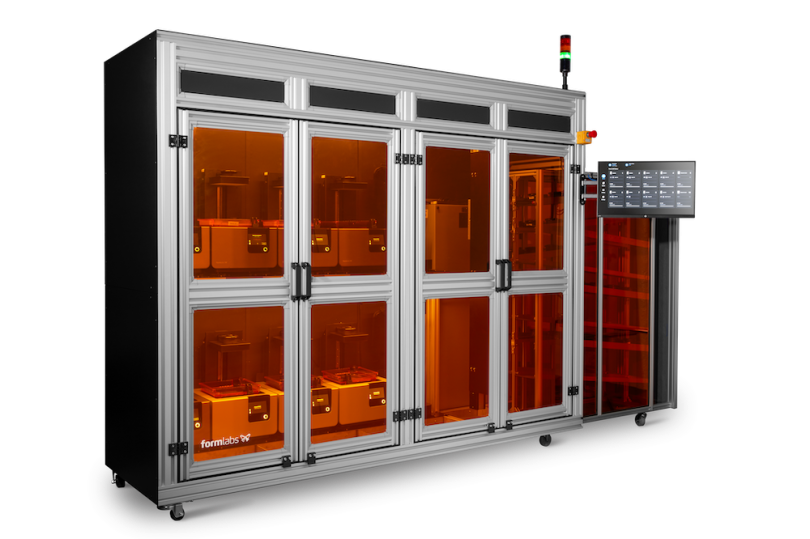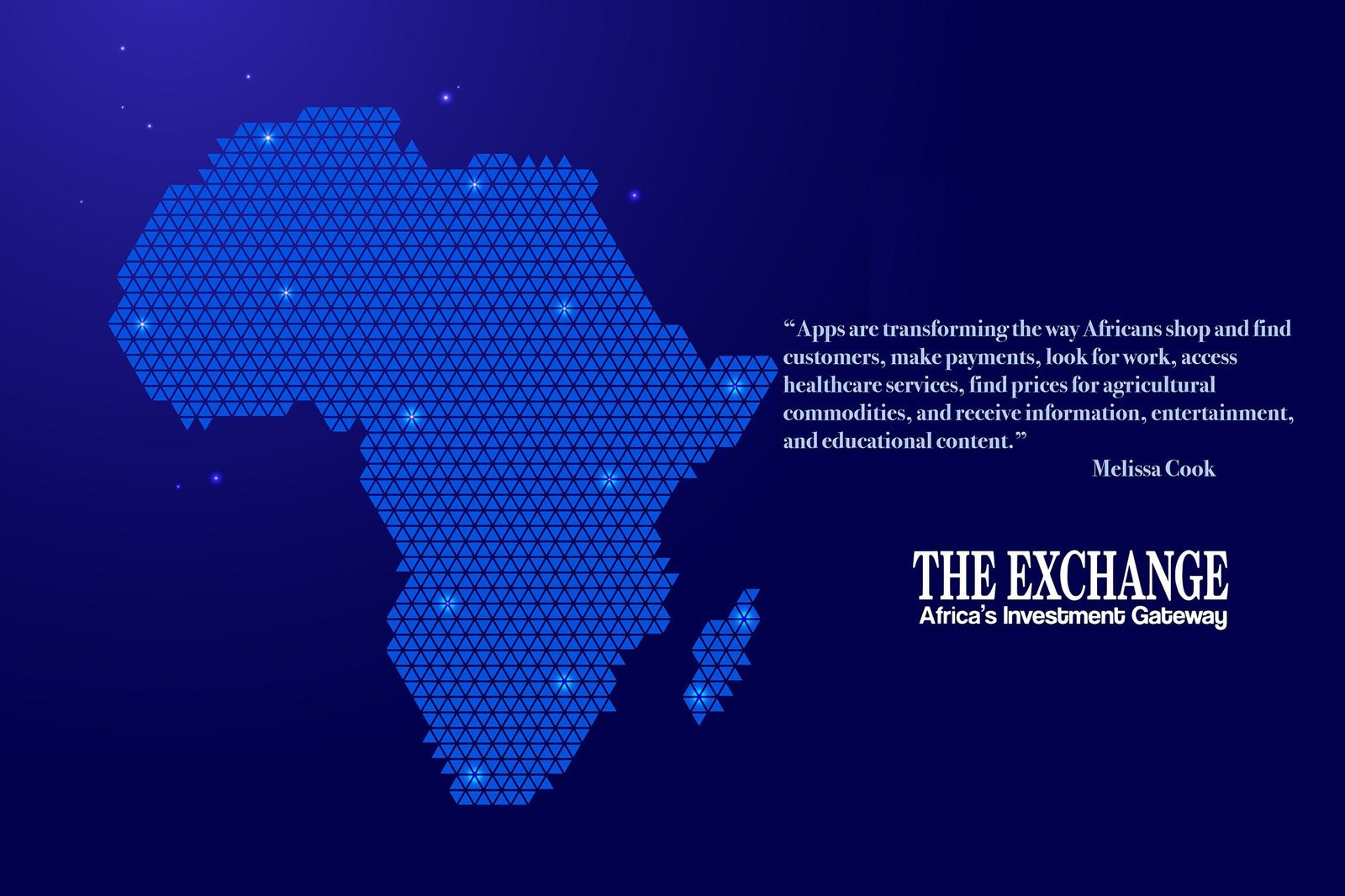Building The Future: Top 3D Printing Companies Redefining Manufacturing In Africa

Executive Summary

3D printing technology has the potential to revolutionize manufacturing in Africa. By enabling the production of complex parts and prototypes at a relatively low cost, 3D printing can empower African businesses to compete on a global scale. This article profiles three of the leading 3D printing companies in Africa that are driving this transformation: Minkani3D, Wee3DP, and 3DIMO.

Introduction
3D printing, also known as additive manufacturing, is the process of creating three-dimensional objects from digital models. It is a rapidly growing technology with the potential to revolutionize a wide range of industries, including manufacturing, healthcare, and construction.
In Africa, 3D printing is particularly well-suited to address the challenges of limited access to traditional manufacturing technologies and skilled labor. By bypassing the need for expensive tooling and production lines, 3D printing can enable African businesses to produce complex parts and prototypes quickly and cost-effectively.
FAQs
1. What are the benefits of 3D printing?
- Reduced costs: 3D printing can reduce the cost of manufacturing by eliminating the need for expensive tooling and production lines.
- Increased flexibility: 3D printing allows for the production of complex parts and prototypes in a wide range of materials.
- Faster time to market: 3D printing can significantly reduce the time it takes to bring new products to market.
- Improved quality: 3D printing produces high-quality parts with precision and accuracy.
2. What are the challenges of 3D printing in Africa?
- Lack of infrastructure: Many African countries lack the infrastructure needed to support 3D printing, such as reliable electricity and internet access.
- Skilled labor shortage: There is a shortage of skilled labor in Africa who are familiar with 3D printing technology.
- Lack of awareness: Many African businesses are not aware of the potential benefits of 3D printing.
3. What can be done to overcome these challenges?
- Invest in infrastructure: African governments and businesses need to invest in infrastructure to support 3D printing.
- Train skilled workers: Educational institutions and training centers need to offer programs to train skilled workers in 3D printing technology.
- Raise awareness: African businesses need to be made aware of the potential benefits of 3D printing.
Subtopics
Minkani3D
Minkani3D is a South African company that provides 3D printing services to a wide range of industries, including manufacturing, mining, and healthcare. The company has a team of experienced engineers and technicians who are able to provide expert advice on the design and production of 3D printed parts.
Key Points
- Founded in 2019
- Headquartered in Johannesburg, South Africa
- Offers a wide range of 3D printing services
- Has a team of experienced engineers and technicians
- Committed to providing high-quality 3D printed parts
Wee3DP
Wee3DP is a Ghanaian company that provides 3D printing services to the education, healthcare, and manufacturing industries. The company has a strong commitment to social impact and uses 3D printing to create innovative solutions to challenges in these sectors.
Key Points
- Founded in 2017
- Headquartered in Accra, Ghana
- Provides 3D printing services to the education, healthcare, and manufacturing industries
- Has a strong commitment to social impact
- Uses 3D printing to create innovative solutions to challenges in Africa
3DIMO
3DIMO is a Kenyan company that provides 3D printing services to the manufacturing, construction, and healthcare industries. The company has a state-of-the-art 3D printing facility and a team of experienced engineers and technicians.
Key Points
- Founded in 2018
- Headquartered in Nairobi, Kenya
- Provides 3D printing services to the manufacturing, construction, and healthcare industries
- Has a state-of-the-art 3D printing facility
- A team of experienced engineers and technicians
Applications of 3D Printing in Africa
3D printing has a wide range of applications in Africa, including:
- Manufacturing: 3D printing can be used to produce a variety of parts and prototypes for the manufacturing industry.
- Healthcare: 3D printing can be used to create medical devices, prosthetics, and other healthcare products.
- Education: 3D printing can be used to create educational models and tools.
- Construction: 3D printing can be used to create building components and architectural models.
- Fashion: 3D printing can be used to create customized fashion items.
Conclusion
3D printing has the potential to revolutionize manufacturing in Africa. By enabling the production of complex parts and prototypes at a relatively low cost, 3D printing can empower African businesses to compete on a global scale. The three companies profiled in this article are leading the way in this transformation and are making a significant contribution to the development of Africa’s manufacturing sector.
Keyword Tags
- 3D printing
- Africa
- Manufacturing
- Minkani3D
- Wee3DP
- 3DIMO






